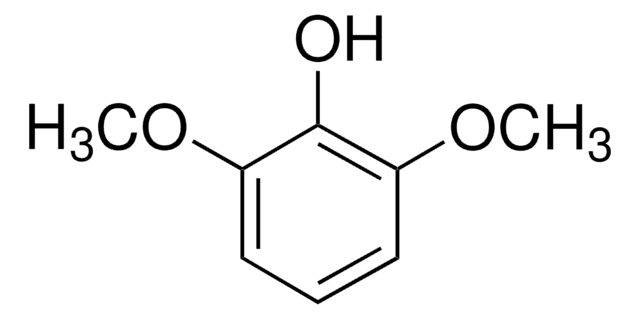318396
3-(Methylthio)-1-propanol
98%
Synonym(s):
Methionol
About This Item
Recommended Products
Quality Level
assay
98%
form
liquid
refractive index
n20/D 1.49 (lit.)
bp
89-90 °C/13 mmHg (lit.)
density
1.03 g/mL at 25 °C (lit.)
SMILES string
CSCCCO
InChI
1S/C4H10OS/c1-6-4-2-3-5/h5H,2-4H2,1H3
InChI key
CZUGFKJYCPYHHV-UHFFFAOYSA-N
Looking for similar products? Visit Product Comparison Guide
Related Categories
Application
- Calix[4]arenes as amino acid chemosensors.
- Amphiphilic reactive oxygen species (ROS) sensitive diblock copolymers, applicable as nanocarriers for photodynamic therapy and chemotherapy.
- 3-(Methylsulfonyl)propyl thioacetate, which is used in the preparation of dipolar glass polymers for electronic and power applications.
signalword
Warning
hcodes
Hazard Classifications
Eye Irrit. 2 - Skin Irrit. 2 - STOT SE 3
target_organs
Respiratory system
wgk_germany
WGK 3
flash_point_f
closed cup
flash_point_c
closed cup
ppe
Eyeshields, Gloves, type ABEK (EN14387) respirator filter
Certificates of Analysis (COA)
Search for Certificates of Analysis (COA) by entering the products Lot/Batch Number. Lot and Batch Numbers can be found on a product’s label following the words ‘Lot’ or ‘Batch’.
Already Own This Product?
Find documentation for the products that you have recently purchased in the Document Library.
Our team of scientists has experience in all areas of research including Life Science, Material Science, Chemical Synthesis, Chromatography, Analytical and many others.
Contact Technical Service






